READY TO GET STARTED?
REQUEST A FREE ESTIMATE
Fill out the form below or call (888) 466-7849 for a free, no-obligation estimate.
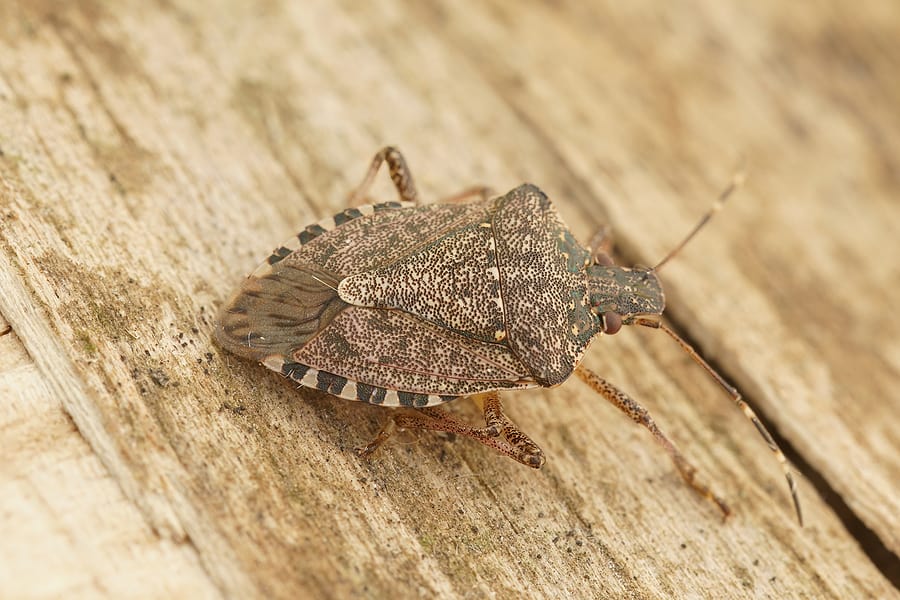
As the leaves change color and the temperature begins to drop, many people in Georgia eagerly await the arrival of fall. However, along with the beauty of this season comes a new set of challenges for homeowners – the invasion of fall pests. These household pests are often seeking shelter and warmth as they prepare to overwinter, making your cozy home an inviting destination. In this blog post, we’ll explore some common fall pests in Georgia and provide valuable tips on how to prevent their intrusion.
While fall brings cooler weather and beautiful landscapes to Georgia, it also heralds the arrival of these common fall pests. Preventing these pests from entering your home is crucial to maintaining a pest-free environment. Don’t let these overwintering pests ruin your autumn. Contact your local pest control company today for a free pest control quote to help protect your home and family.
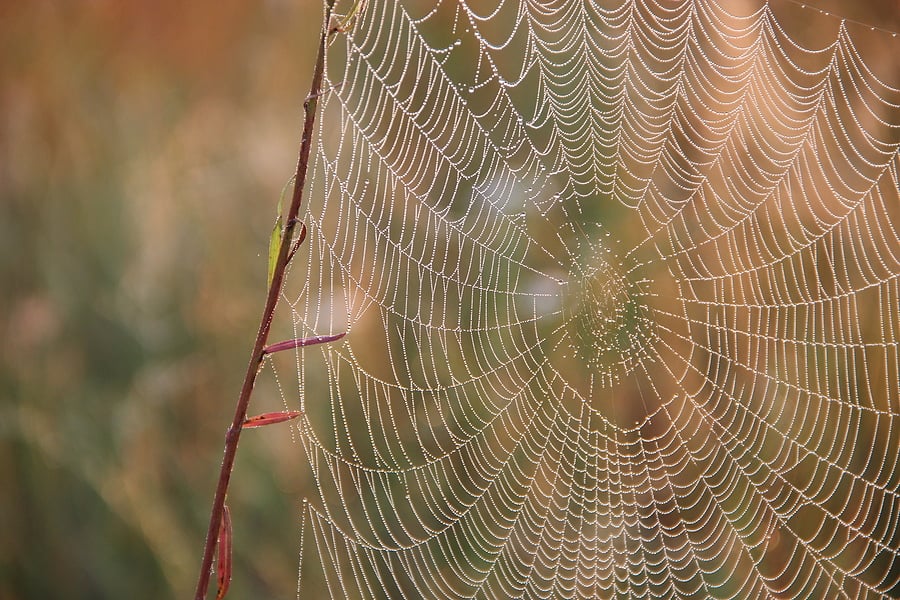
The cooler weather of fall drives many pests indoors in search of warmth from the cold, shelter from the weather, and food when supplies are scarce. These overwintering pests will spend the cold season indoors, often in your home, until the weather warms back up in the spring. Some common fall pests are spiders, rodents, roaches, and stinkbugs. Don’t let these pests take over your home this fall. Keep them out with these 4 fall pest proofing tips.
The first step in pest-proofing your home is to seal them out. Pests can be very creative when it comes to finding ways into your home. Screen attic vents, chimney openings, mail slots, and pet doors. Seal any cracks or crevices on the exterior of your home with caulk or steel wool. Seal around any utility pipes that enter your home. Replace or repair weatherstripping on doors and windows. Repair any loose mortar around windows and foundations. Install door sweeps on your doors. Repair and replace any window screens.
Most pests need water to survive. Many prefer a moist environment to thrive in. Eliminating sources of water will help keep pests out of your home. Keep crawlspaces, attics, and basements dry and ventilated. Consider crawlspace enclosure. Use a dehumidifier in garages and basements. Make sure you have a proper drainage system installed outside your home. Install gutters and keep them clear of debris. Consider installing gutter guards to help eliminate clogs. Make sure drainpipes are diverting water away from foundations. Repair any leaks as soon as possible. Get rid of any standing water on your property.
Pests will also be drawn to any areas of your home where they can find food. Eliminating these food sources will go a long way towards pest-proofing your home. Keep kitchen counters and appliances clean. Store food in airtight containers. Empty your trash regularly and use trashcans with lids. Clean up after each meal, making sure to not leave dirty dishes in the sink overnight. Seep, mop, and vacuum regularly. Don’t leave pet food or water out overnight.
Some pests will lurk outside your home and use every opportunity they can to hitchhike their way inside. Store firewood at least 20 feet away from your home and inspect it carefully before bringing it indoors. Keep shrubbery trimmed and grass mowed. Don’t let any limbs or branches touch the exterior of your home. Inspect any storage boxes, decorations, etc. before bringing them inside.
If you have a problem with pests during any season of the year, contact your local pest control company for a thorough evaluation.
3 Types of Cockroaches & How to Prevent Them
Why Am I Seeing Oriental Cockroaches?
Fall Termite Control – Is it Necessary?
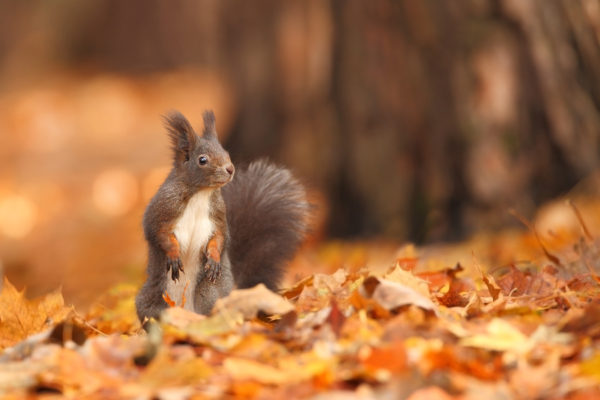
Autumn is right around the corner and it brings with it cooler weather, Halloween, football, and a plethora of new pests. As the weather gets colder, pests will seek shelter, food, and warmth in our homes. Different seasons bring different pests and this time of year is no exception. Here are 7 of the most common fall pests and ways to prevent them from invading your home.
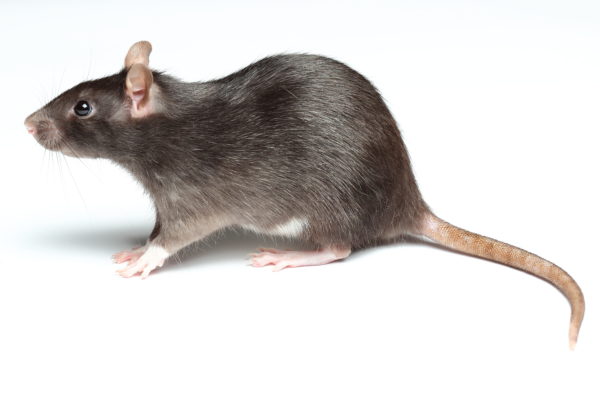
Rats, mice, and squirrels are among the most common rodents seen in the fall. They need food and warmth to survive the cold winter months. Rats are known to carry disease and can cause potential health problems for you and your family. They also get into food storage and chew through wooden supports. They build their nests in your insulation and can cause fires by chewing through electrical wires. They can fit into small gaps and holes to get into your home and bring fleas, mites, ticks, and lice with them.
Rodents can be prevented by:
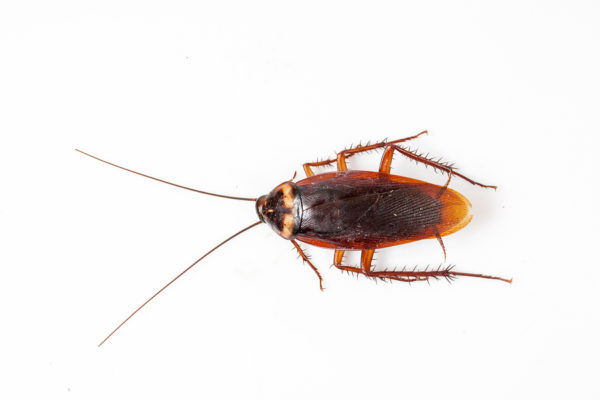
Cockroaches are the most common fall pest. Cockroaches can be dangerous to your health as they are known to carry 33 different types of bacteria and can cause asthma in children. They are large, fast, and extremely resilient. They like to hide near pipes and drains and are commonly seen in kitchens and bathrooms.
Cockroaches can be prevented by:
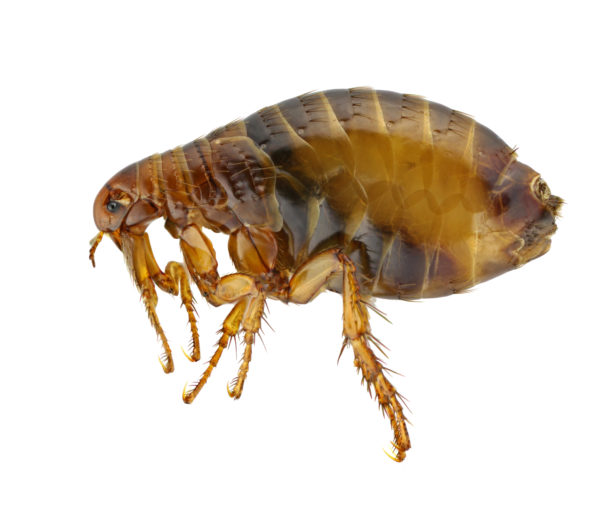
Fleas come into your home on both pets and rodents. While they don’t transmit serious diseases to humans, their bites can be painful and irritating. Fleas can spread throughout your home quickly and can be extremely difficult to get rid of.
Fleas can be prevented by:
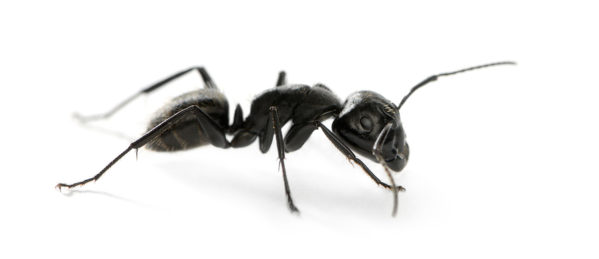
There are several species of ants that are common in the fall. Ants can move into the walls of your home or underneath your foundations and cause significant damage to your home. Carpenter ants can chew through the wood of your home and compromise its structure. Odorous house ants can get into and contaminate your food.
Ants can be prevented by:
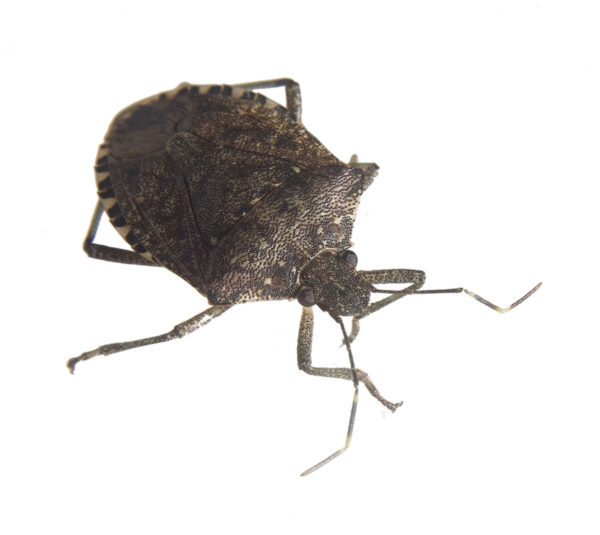
Stink bugs actively seek shelter indoors from the cooler weather of fall. Stink bugs don’t transmit diseases, nor do they bite or sting. They can, however, cause damage to clothing, furniture and other fabrics with their droppings. They emit a strong odor when they are frightened, disturbed, or squashed as a defense mechanism against predators.
Stink bugs can be prevented by:
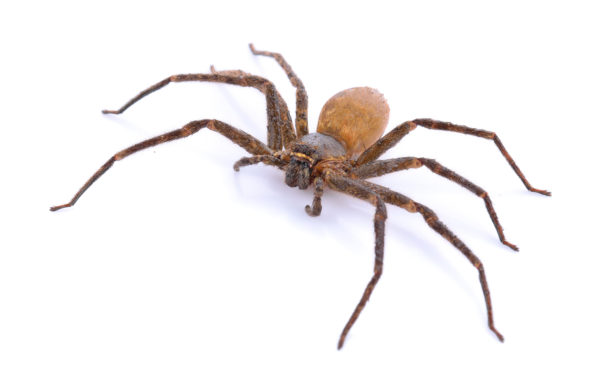
There is a significant increase in the number and variety of spiders that appear in the fall. Fall is mating season for most spiders so they are actively seeking mates before winter sets in. The most common spiders seen in the fall are house spiders, which are responsible for the cobwebs you often see in your home, wolf spiders, and hobo spiders.
Spiders can be prevented by:
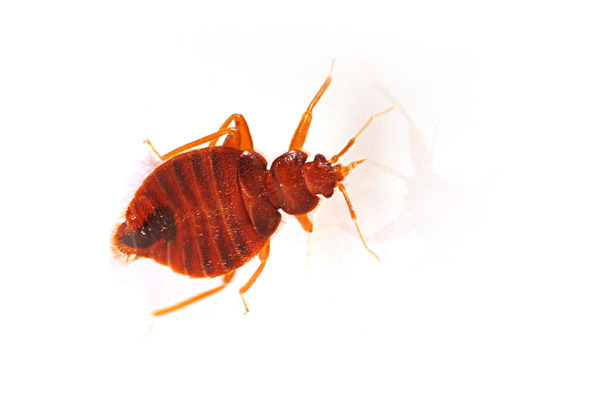
Travel in the fall increases with a large number of sporting events, family gatherings, and students heading back to school and college. Bed bugs ride on clothing, suitcases, and even school bags. While they don’t spread disease, they do leave behind itchy red welts. Bed bugs are extremely difficult to control and eliminate.
Bed bugs can be prevented by: